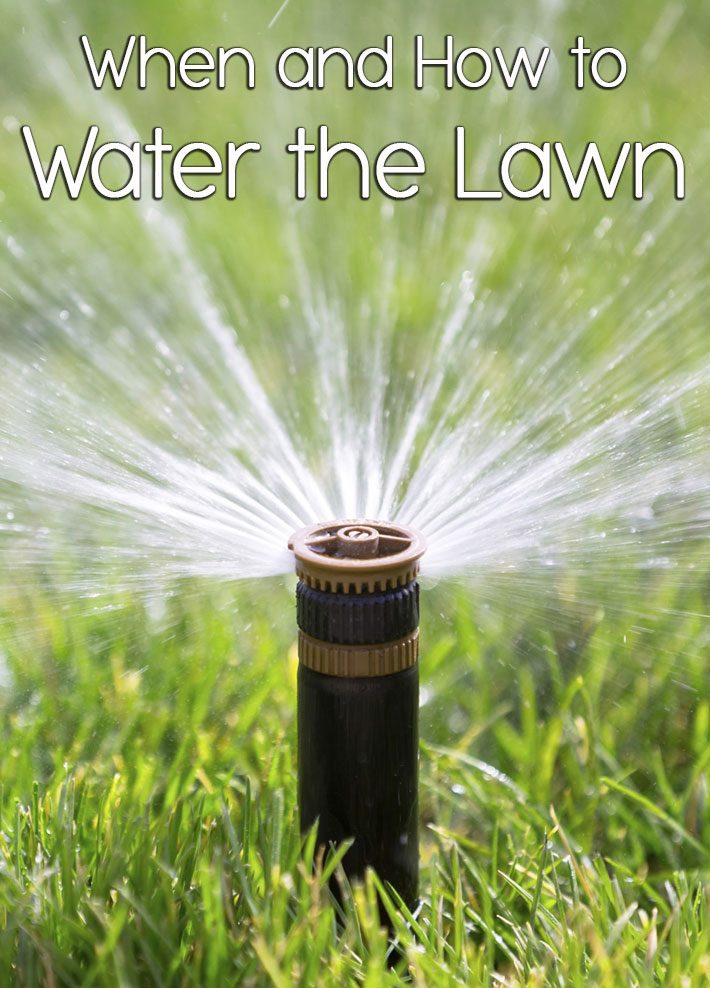
To get a proven, easy-to-follow strategy for giving your lawn the right amount of water, we talked to lawn care expert Matt Maurer, owner of PureLawn Lawn Services. Follow these eight tips for healthy grass with a deep, strong root system.
Water the Lawn in the Morning
The a.m. is the best time to water the lawn because the air is cooler and there’s usually not much wind to blow the droplets. In the middle of the day, water evaporates too quickly. And in the evenings, water can cling to the blades of grass overnight, which can cause lawn diseases. “My pet peeve is when people water at six o’clock or later in the evening,” Maurer says. “The water sits there and promotes fungus. A wet lawn at night is the perfect condition for fungus to grow.” Along with mowing the grass too short, he says, watering at night is about the worst thing to do for a lawn.
Homeowners who can’t water the lawn in the mornings before work should do it on a weekend morning, he advises. “The best time is early in the morning: 4 a.m. to 10 a.m.,” he says.
Soak 6 Inches Into the Soil
Water long enough to moisten the soil about 6 inches down, which is the depth of a healthy grass root system. To see how far the moisture seeps down, check the soil every 15 minutes during the first watering. “The best way to test is to take a shovel and lift up the sod,” Maurer says. Time how long it takes the water to work its way that far into the ground, then water for that duration every time you turn on the hose. “Each lawn has different soil. You have to water for your property,” Maurer says.
Use Pulsating Sprinklers, Not Oscillating Ones
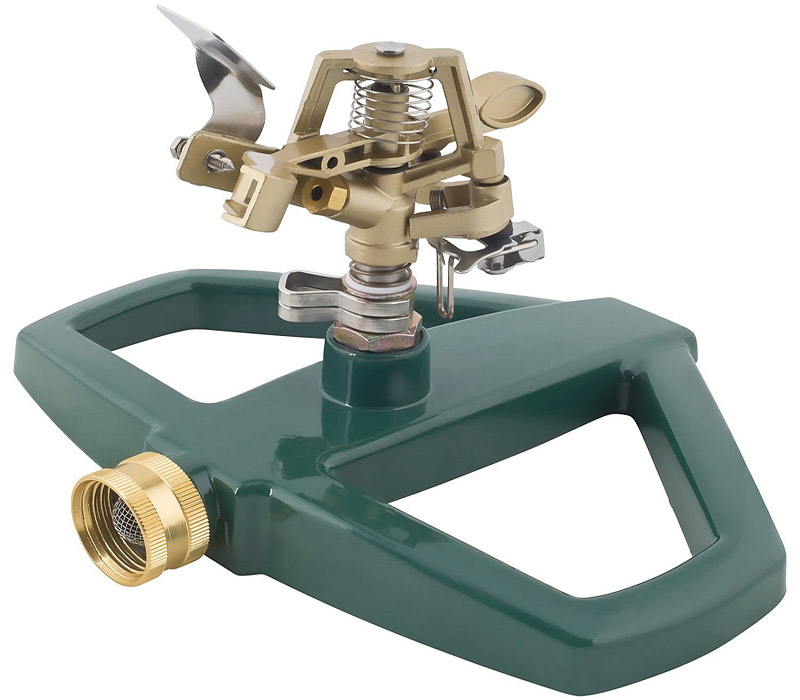
Built-in lawn sprinklers are the best systems for watering the grass. “This is the most efficient system and will pay for itself in the long run,” Maurer explains. “Over the years, if you’re planning on staying in the house, it’s worth the investment.”
But for homeowners who don’t have an in-ground irrigation system and don’t want to invest in one, he says, a pulsating, revolving sprinkler hooked up to a garden hose is the next best choice for an established lawn (for a new lawn, see the next tip). The sprinkler shoots out the water horizontally at a high velocity so it’s not as vulnerable to wind and evaporation as oscillating types, which spray the water straight up.
Go Easy With New Grass
Pulsating sprinklers work great for lawns with mature grass, but for new yards, the intense water stream can wash away the seeds. Oscillating sprinklers are a better choice for new lawns until the grass takes root. “Oscillating is good for new grass, for seed. The water is not too strong to push the seed. The water is softer when it lands,” Maurer says.
Water Twice a Week, Max
Maurer recommends watering clay soils once a week and sandy soils about every three days. “People think they need to water the lawn like they water their landscape plants. They want to water for 15 minutes every day,” he points out. “You don’t want to over-water. Most people think more water is better. But it’s not.”
Too much watering can lead to fungus and a shallow root system; fewer waterings encourage the roots to grow deeper. “You want to train the roots to go down deep into the soil,” he says. “I’m telling my customers if you’re going to water, water every three to seven days once we hit summer. Water deeply and water infrequently.”
Get a Timer
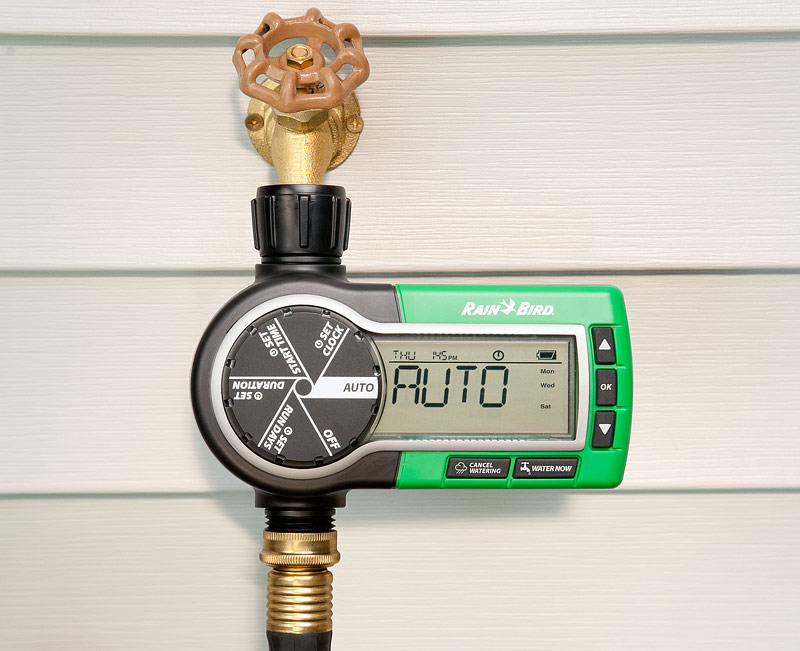
If you’re watching the clock and trying to remember to shut off the water on time, chances are that sometimes you’ll sit down in front of the TV or let your mind wander and forget that the sprinklers are running. So get a timer. They start at about $10 at home centers and turn off the water automatically after a designated time to ensure the lawn gets the proper amount of water. The timer connects to the spigot, then the hose connects to the timer. “With a timer, you don’t have to worry [if] you forget the lawn is being watered,” Maurer says.
Go All In, or Don’t Go at All
If homeowners don’t want to water their lawn, that’s fine, Maurer says. The lawn can go dormant just like it does in the winter without harming the grass, providing there’s not a drought longer than a month. But letting the lawn go dormant, then watering, and then discontinuing the watering again is hard on the grass.
“You don’t want to half-water and go back and forth between dormant and watering. You stress-out the grass,” Maurer says. A dormant lawn will come back to life after a good rainstorm. “The lawn will come back naturally, just like it does when it goes dormant in the winter.”
Let Water Soak Into Hard Soil
Lawns in new housing developments where the topsoil was removed often have a soil so hard water won’t sink in. In that case, homeowners need to water in stages to soften the ground so the water can work its way down. “Water the lawn for 30 minutes, let it soak in, then water for another 30 minutes,” Maurer says. “If you do it all at once, after 30 minutes the water will run off.”
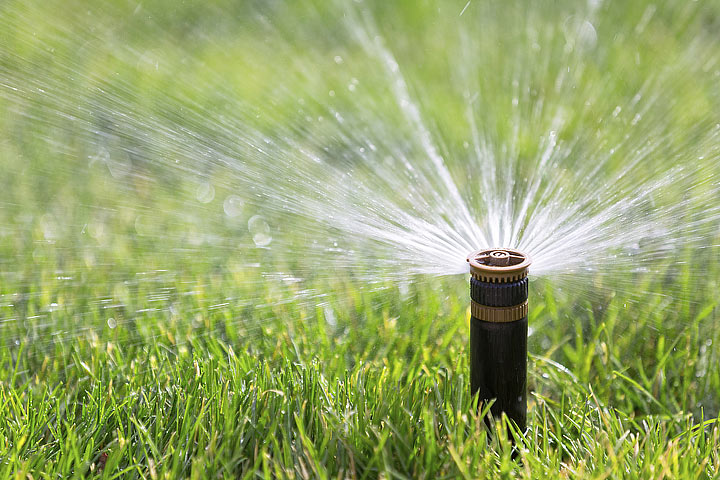
Related: 4 Lawn Mowing Tips for Keeping a Lush Lawn



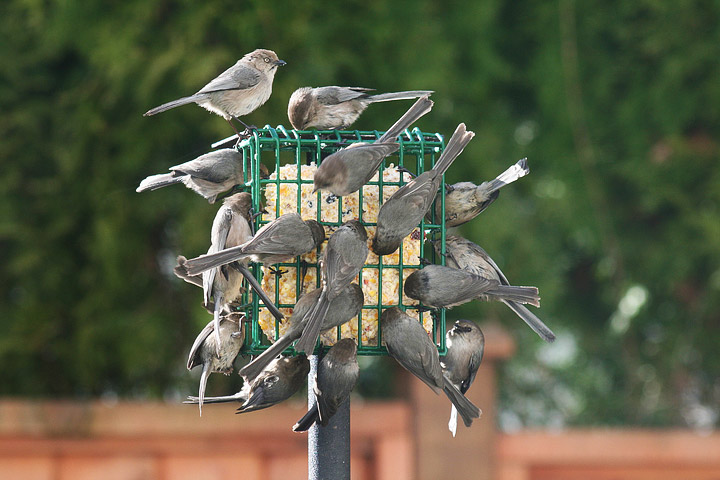
Leave a Reply